Chile Ancho vs Pasilla: A Spicy Showdown of Two Mexican Legends
Welcome to the ultimate face-off between two of Mexico’s most beloved dried chiles: Chile Ancho and Chile Pasilla. Whether you're a seasoned spice pro or just dipping your toes into the world of authentic Mexican cooking, this guide will help you navigate their flavor profiles, heat levels, and culinary uses like a true kitchen wizard.
Think of this as the Spice Basics showdown that’ll make your next mole sauce or enchilada recipe sing with deliciousness. Let’s dive in!
Table of Contents
- Introduction: Why This Comparison Matters
- Chile Ancho: The Sweet & Smoky All-Rounder
- Chile Pasilla: The Earthy Powerhouse
- Flavor & Heat Breakdown
- How to Use Each in Your Kitchen
- Visual Comparison Table
- Pro Tips for Handling These Chiles Like a Pro
- Common Mistakes to Avoid
- Conclusion: Which One Should You Choose?
Introduction: Why This Comparison Matters
You may have noticed these two peppers tucked away in the spice aisle or on a restaurant menu — but what's the real difference between chile ancho and pasilla? Despite often being confused (or even mislabeled!), they’re quite distinct in both flavor and function.
In this article, we’ll take a deep dive into their origins, taste, heat level, and best uses. By the end, you’ll know exactly when to use one over the other — and maybe even discover which one deserves a permanent spot in your spice rack.
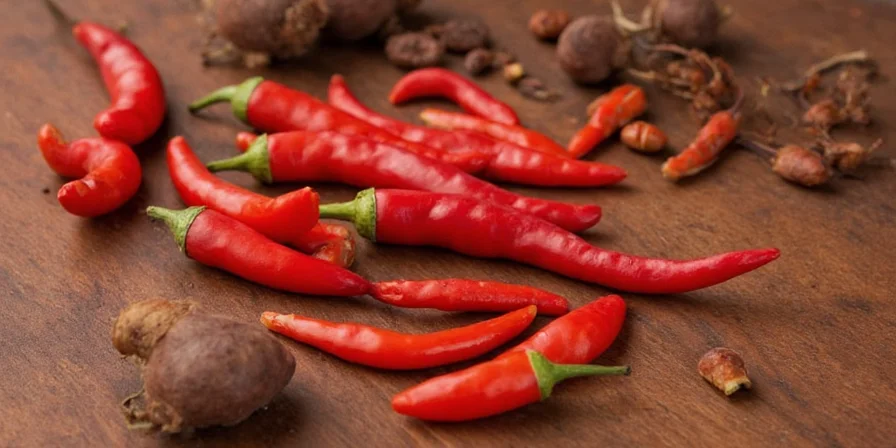
Chile Ancho: The Sweet & Smoky All-Rounder
The chile ancho is simply the dried version of the poblano pepper. Known for its rich, sweet flavor profile with hints of raisin and plum, it’s one of the most popular chiles in Mexican cuisine — especially when it comes to making sauces like mole.
Fun Fact: “Ancho” means “wide” in Spanish — a nod to its broad shape.
- Heat Level: Mild to moderate (1,000–2,000 SHU)
- Flavor Profile: Sweet, smoky, fruity
- Best Used In: Mole sauces, enchiladas, tamales, soups

Chile Pasilla: The Earthy Powerhouse
Meanwhile, the chile pasilla is the dried form of the chilaca chili, known for its long, thin, and wrinkled appearance. Its flavor is more complex and earthy compared to the ancho, often described as having notes of cocoa, coffee, and green bell pepper.
Pro Note: In some regions, “pasilla” can be mistakenly used for other chiles — so always double-check your label!
- Heat Level: Slightly hotter than ancho (1,000–2,500 SHU)
- Flavor Profile: Earthy, grassy, slightly bitter
- Best Used In: Dark mole sauces, stews, marinades, and salsas

Flavor & Heat Breakdown: Ancho vs Pasilla
If you think all dried chiles are interchangeable, think again! Here’s a quick breakdown of how ancho and pasilla compare in terms of taste and spiciness:
| Feature | Chile Ancho | Chile Pasilla |
|---|---|---|
| Origin | Dried Poblano | Dried Chilaca |
| Shape | Wide and flat | Long, slender, wrinkled |
| Color | Deep red to dark maroon | Near-black to dark brown |
| Heat Level | Mild (1,000–2,000 SHU) | Moderate (1,000–2,500 SHU) |
| Flavor Notes | Sweet, smoky, dried fruit | Earthy, coffee-like, vegetal |
| Cooking Use | Sauces, fillings, mild moles | Dark moles, broths, marinades |
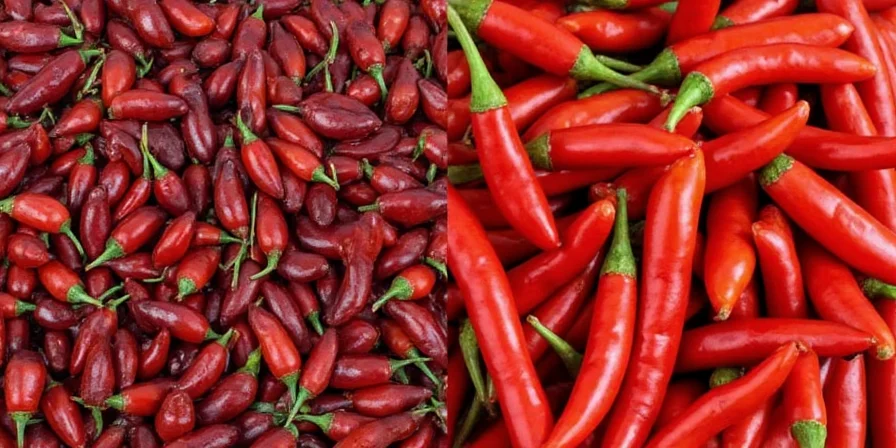
How to Use Each in Your Kitchen
Now that you know what each chile brings to the table, let’s talk about how to use them effectively in your cooking.
Using Chile Ancho
- Toast Before Using: Lightly toast whole chiles in a dry pan for a deeper flavor before soaking.
- Soak and Blend: Soak in hot water until soft, then blend with garlic, spices, and broth to make a base for sauces.
- Stuffed Dishes: Perfect for stuffing in dishes like chiles rellenos thanks to its sturdy structure.
Using Chile Pasilla
- Dark Mole Magic: Essential in classic Oaxacan moles for that deep, complex flavor.
- Marinade Base: Blends well with vinegar and citrus for robust marinades.
- Pair With: Meats like pork, lamb, or game — its bold flavor holds up beautifully.
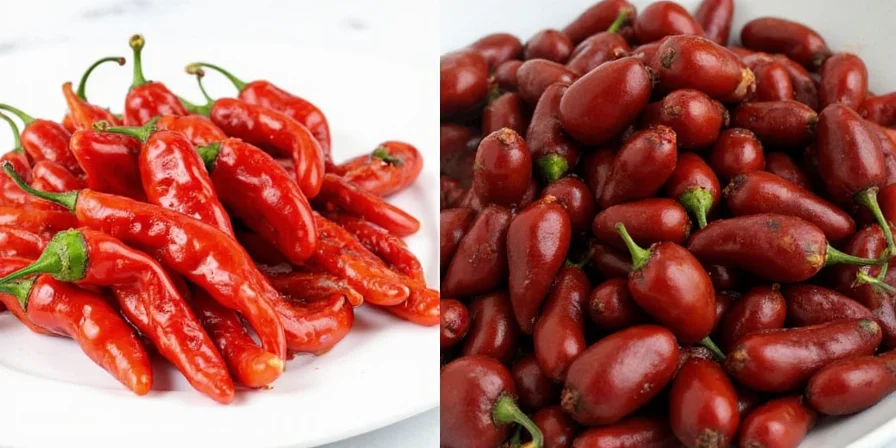
Visual Comparison: Spot the Difference
Still unsure how to tell these two apart at the store? Here’s a quick visual guide to save you from chile confusion chaos.
| Characteristic | Chile Ancho | Chile Pasilla |
|---|---|---|
| Appearance | Broad, flat, leathery skin | Slender, shriveled, almost black color |
| Texture | Firm yet pliable | Drier, brittle feel |
| Smell | Fruity, caramel-like aroma | Smoky, musty, herbal scent |
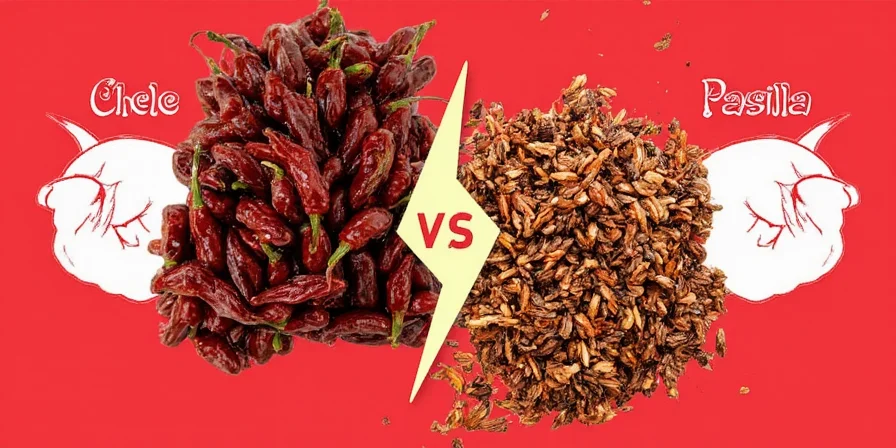
Pro Tips for Handling These Chiles Like a Pro
- Wear Gloves: Capsaicin can irritate skin, so protect your hands when handling raw or broken chiles.
- Remove Seeds and Veins: For less heat, scrape out seeds and white veins before using.
- Store Properly: Keep dried chiles in airtight containers in a cool, dark place — they last up to a year if stored correctly.
- Roast for More Flavor: Toast briefly in a dry skillet to unlock more depth of flavor without burning them.
- Use Fresh or Frozen Alternatives: If fresh poblanos or chilacas are available, roast and peel them for a similar effect in sauces or stews.

Common Mistakes to Avoid When Cooking with Ancho & Pasilla
Even seasoned cooks sometimes trip up when working with dried chiles. Don’t be one of them!
- Mixing Them Up: It’s easy to confuse these two at first glance — always check packaging or ask your vendor.
- Over-Toasting: Burned chiles = bitter sauces. Toast gently and keep moving them around the pan.
- Boiling Too Long: Soak, don’t boil. Over-soaking leads to soggy texture and diluted flavor.
- Ignoring Complementary Flavors: These chiles shine when paired with onions, garlic, cinnamon, chocolate, and warm spices.
Conclusion: Which One Should You Choose?
When it comes down to chile ancho vs pasilla, there’s no clear winner — just different strengths for different recipes. Think of them as the yin and yang of Mexican flavor profiles:
- Go for **Chile Ancho** when you want sweetness, body, and a mellow warmth — perfect for family-friendly meals and mild sauces.
- Pick **Chile Pasilla** when you crave complexity, depth, and a touch more bite — ideal for dark moles, hearty stews, and adventurous eaters.
Both deserve a spot in your pantry, and once you get comfortable with their unique personalities, you’ll start blending them together like a pro.
So next time you see these two chiles staring back at you from the shelf, don’t panic — just remember: ancho is your sweet friend, pasilla is your mysterious muse.
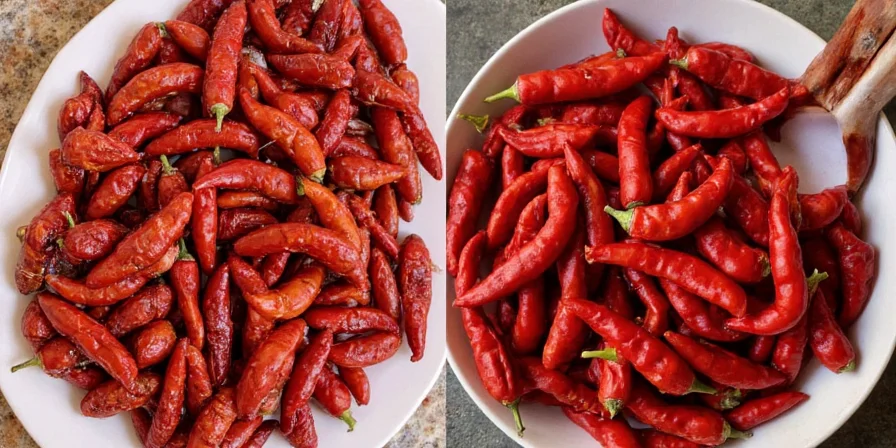











 浙公网安备
33010002000092号
浙公网安备
33010002000092号 浙B2-20120091-4
浙B2-20120091-4